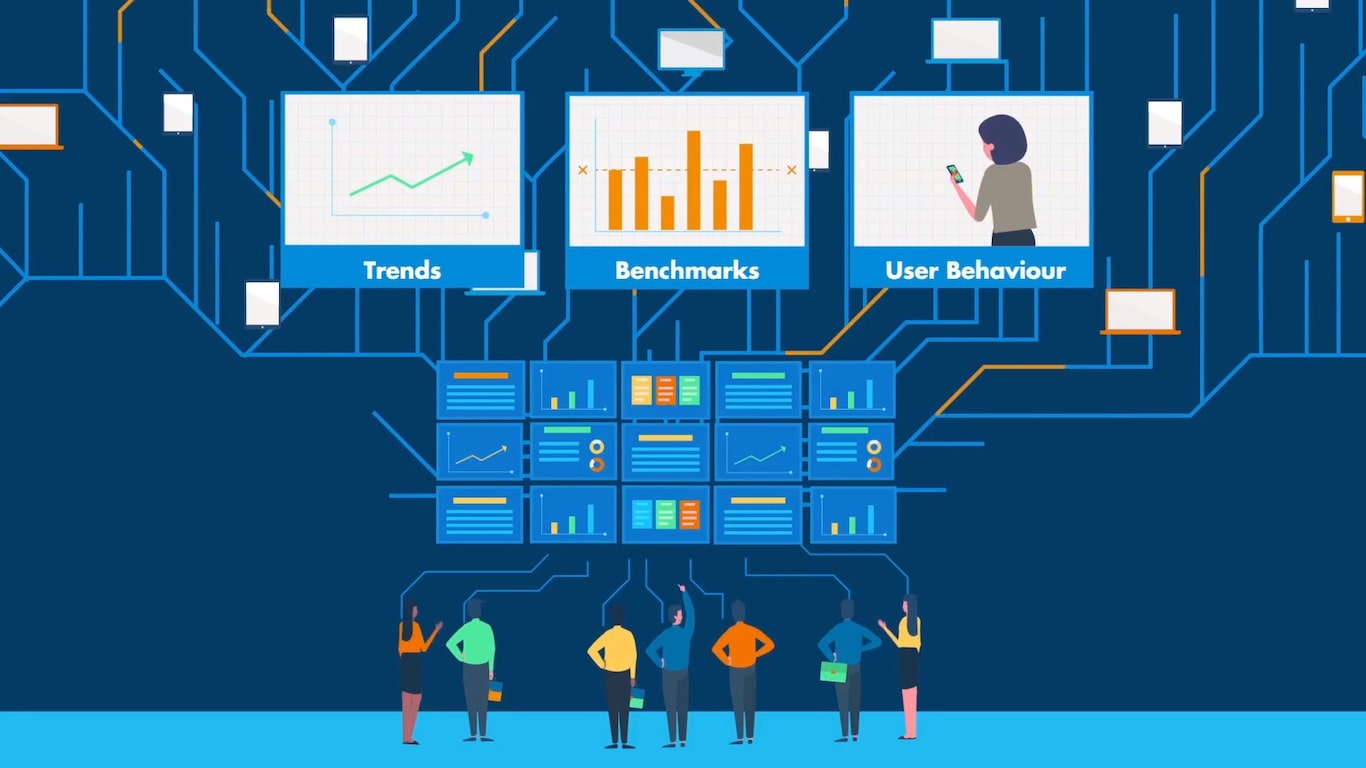In today’s digital age, staying informed about what’s being said about your brand, industry, or competitors across various media channels is crucial. This is where media monitoring services come into play. Whether you’re a small business or a multinational corporation, understanding the landscape of media coverage can provide valuable insights and opportunities. Let’s dive into the world of top media monitoring services and how they can benefit your business.
Criteria for Choosing Top Media Monitoring Services

When selecting a media monitoring service, it’s essential to consider several factors to ensure you’re getting the most value for your investment.
1. Coverage and sources
One of the key considerations is the breadth and depth of coverage offered by the service. Look for a provider that monitors a wide range of sources, including traditional news outlets, social media platforms, forums, and blogs. The more comprehensive the coverage, the better insights you’ll receive.
2. Monitoring frequency and real-time alerts
Timeliness is critical when it comes to media monitoring. Choose a service that offers real-time monitoring and alerts, so you can stay informed of breaking news and developments as they happen. Whether it’s a positive mention or a potential crisis, being the first to know gives you a competitive edge.
3. Sentiment analysis and reporting
Beyond simply tracking mentions, top media monitoring services offer sentiment analysis to gauge the tone and context of conversations. Look for a provider that offers detailed reporting and analytics, allowing you to understand sentiment trends over time and measure the impact of your PR efforts.
Importance of Media Monitoring
1. Keeping track of brand reputation
In a world where news travels fast, monitoring your brand’s reputation is paramount. Media monitoring services allow you to track mentions of your brand in news articles, social media posts, blogs, and more. By staying on top of conversations, you can address any negative sentiments or misconceptions before they escalate.
2. Identifying trends and opportunities
Media monitoring isn’t just about keeping tabs on your own brand. It’s also about understanding industry trends and identifying opportunities for growth. By analyzing media coverage across your industry, you can spot emerging trends, anticipate consumer needs, and stay ahead of the competition.
3. Crisis management
In the event of a crisis or negative publicity, quick and effective communication is essential. Media monitoring services provide real-time alerts, allowing you to respond promptly to any issues that arise. By monitoring the situation closely, you can mitigate damage to your brand’s reputation and regain the trust of your audience.
Comparison of Top Media Monitoring Services
Let’s take a closer look at three top media monitoring services and what sets them apart:
- AIM Insights: Comprehensive coverage across all media channels, real-time alerts, and advanced sentiment analysis.
- Brandwatch: User-friendly interface, customizable alerts, and social media monitoring.
- Brand24: AI-powered insights, predictive analytics, competitor benchmarking.
Case Studies: How Businesses Benefit from Media Monitoring
To illustrate the practical applications of media monitoring, let’s examine two real-life case studies:
- Company X: By using a top media monitoring service, Company X was able to identify a potential PR crisis before it escalated. With real-time alerts and sentiment analysis, they were able to craft a strategic response and mitigate negative publicity effectively.
- Company Y: Through continuous monitoring of industry trends and competitor activity, Company Y was able to capitalize on emerging opportunities and gain a competitive advantage. By staying informed and agile, they were able to adapt their marketing strategies and achieve significant growth.
Tips for Maximizing the Benefits of Media Monitoring
- Set up customized alerts: Tailor your monitoring parameters to focus on what matters most to your business, whether it’s brand mentions, industry keywords, or competitor activity.
- Stay proactive: Don’t wait for crises to occur. Regularly monitor media coverage to stay ahead of potential issues and capitalize on opportunities.
- Integrate with other tools: Combine media monitoring with other analytics and PR tools to gain deeper insights and streamline your workflow.
Conclusion
In conclusion, top media monitoring services play a crucial role in today’s media landscape, allowing businesses to stay informed, protect their reputation, and seize growth opportunities. By choosing a service that offers comprehensive coverage, real-time alerts, and advanced analytics, you can gain valuable insights and stay one step ahead of the competition.
If you’re ready to take your media monitoring to the next level, why not request a demo from AIM Technologies? Experience firsthand how our cutting-edge solutions can empower your business.
FAQs
What is media monitoring, and why is it important?
- Media monitoring involves tracking and analyzing mentions of your brand, industry, or competitors across various media channels. It’s essential for staying informed, protecting your reputation, and identifying opportunities.
How do media monitoring services differ from social media listening tools?
- While social media listening tools focus primarily on social media platforms, media monitoring services offer broader coverage, including traditional news outlets, blogs, forums, and more.
How often should I monitor media coverage of my brand?
- Monitoring frequency depends on your industry, business goals, and level of media activity. It’s recommended to monitor media coverage regularly, with real-time alerts for breaking news and developments.
Can media monitoring help with crisis management?
- Yes, media monitoring services provide real-time alerts and sentiment analysis, allowing businesses to respond promptly to crises and mitigate damage to their reputation.
What factors should I consider when choosing a media monitoring service?
- Key factors to consider include coverage and sources, monitoring frequency, real-time alerts, sentiment analysis, reporting capabilities, and cost.


